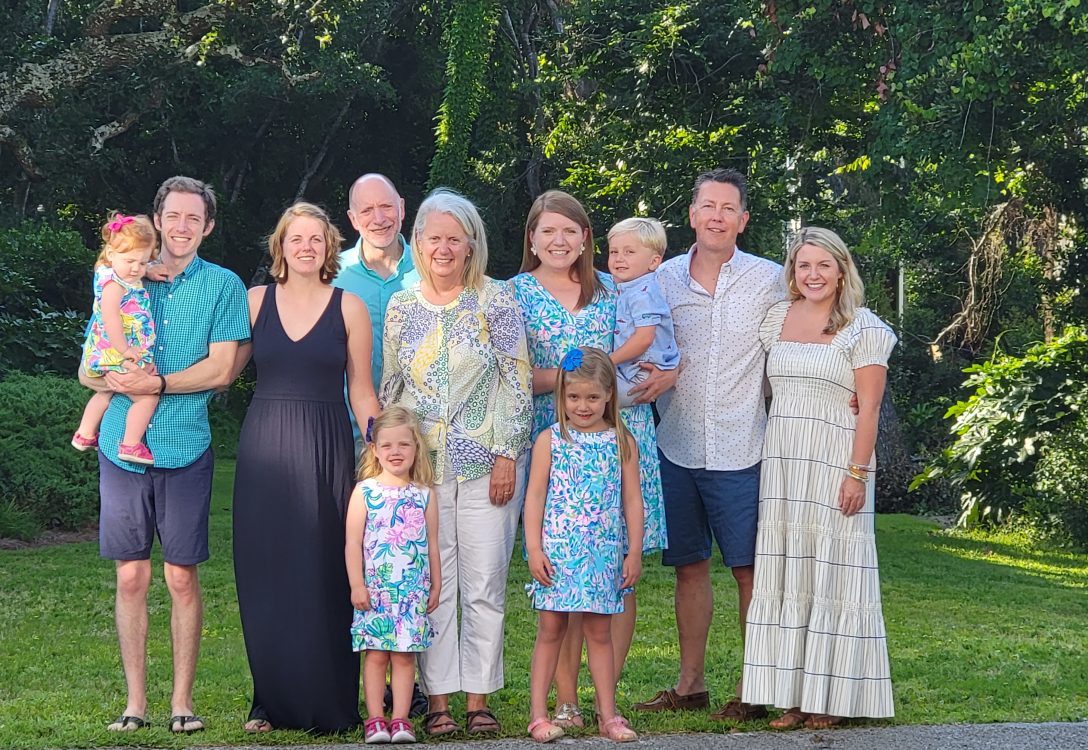As Americans, we should be disgusted with this headline: Another School Shooting. Additionally, we should be angered by the predictable post-school shooting coverage: what we know about the shooter and the victims, shooter purchased guns legally, shooter’s family sought help, legislators at an impasse on firearms.
In 1975, I started my career in public education. Nothing in my undergraduate education classes, student teaching experience, orientation for my first teaching job, nor my post-graduate courses prepared me for a student bringing a gun to school.
But by the late 1980s, when I was an assistant principal at a large high school in Henrico County, Virginia we started encountering the random student who brought a firearm to school. Luckily, from those discoveries, we never had a shooting.
As school shootings began to increase, school systems and legislators scrambled to address school safety. Student codes of conduct were rewritten, schools developed safety plans, police resource officers were assigned to schools, and legislators attempted to enact laws to make schools safer.
Despite these efforts, we have failed our students, their families, and our teachers. No matter if a school shooting is on the grounds of private or public schools, this is unacceptable behavior.
School shootings are horrendous tragedies, but schools have another challenge in their environments— disruptive students. Students who violently disrupt the school day create another level of trauma for their peers, teachers, administrators, and their communities. Their outbursts create fear, impact morale, and cause injuries.
School systems in Virginia are required to report student discipline infractions and subsequent dispensations to the Virginia Department of Education. We have lots of data about our public schools, but I wonder how we are using that data to make our school environments safer and more conducive for learning.
This combination of firearms and unruly behaviors does not help the morale of teachers and staffs, nor the recruitment of new teachers. How many teachers resign at the end of each school year because of these on-going discipline challenges, and how many prospective education majors rethink their career choice for the same reasons?
Additionally, we must ask how do shootings and violent outbursts impact parent decisions as to how their children receive their education. Will these parents more carefully consider home schooling programs or private schools?
I don’t sense that we can legislate or fund our way out of these very serious recurring problems. So, what can we do?
For too long, our public schools have been asked to solve our societal problems. I’m sorry, but schools can’t solve the on-going malignant cycles related to poverty, employment, housing, nutrition, mental/physical health, and the erosion of our families.
That erosion and the instability of our families can no longer be ignored. In an August 2022 report issued by the Annie E. Casey Foundation, “nearly 24 million children live in a single parent family in the United States, or about one in every three kids across America.”
Parenting in the best of circumstances is challenging work. Yet, how many of our school shootings and aggressive disruptive behaviors can be attributed to an unstable home or ineffective parenting? The erosion of our families can also be seen from another angle in the staffing of our schools. Many schools now employ a family advocate.
Furthermore, we must ask— are our current education templates working? Can our present education models meet the extreme needs of disruptive students who have not found success in school? How can we use our unlimited data to develop more effective models of curriculum and instruction for unruly students?
As far as guns, it is very clear to me that we care more about our right to bear arms than we do about the rights of our children and teachers to be in safe schools.
A June 2021 survey conducted by the Pew Research Center found: “Four-in-ten US adults say they live in a household with a gun, including 30% who say they personally own one.” How many of those guns might find their way to a school shooting?
In a few weeks, we will forget about the tragedy in Nashville. Sadly, the families impacted will never forget. Our brains don’t have an erase button.
And before we know it, we’ll be reading about another school shooting catastrophe.Right now, you, me, we, us—we are all the skunk on the table.
Until we find the courage to break the silence lodged in our hearts on school safety, that skunk’s stink will continue to reek all over America. Our hearts know this silence is unacceptable.

